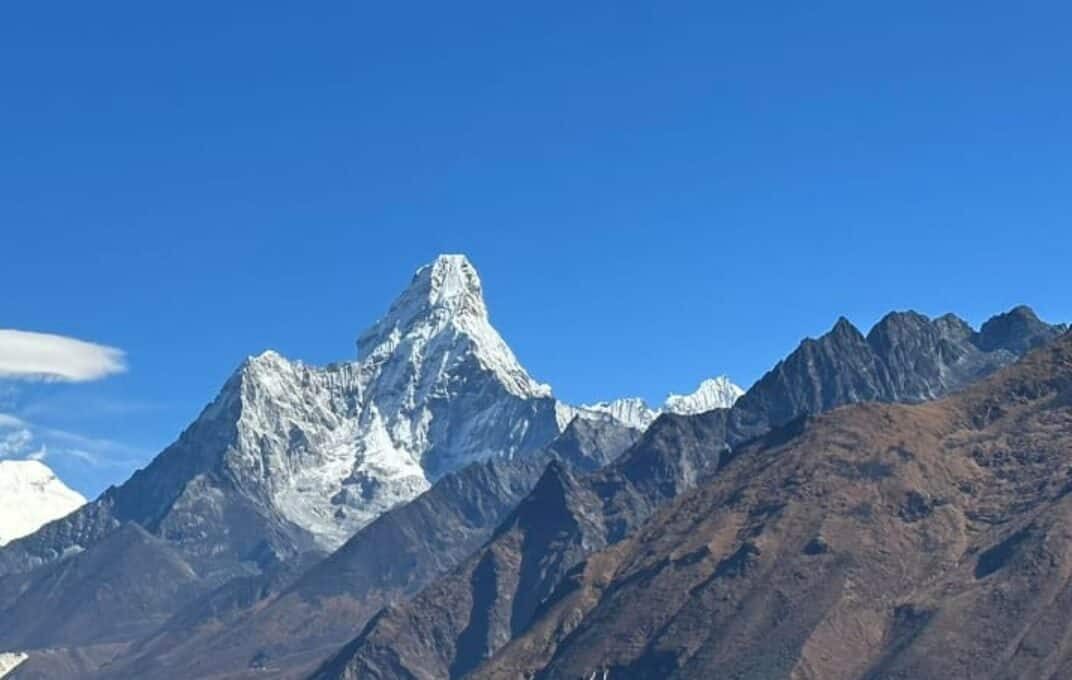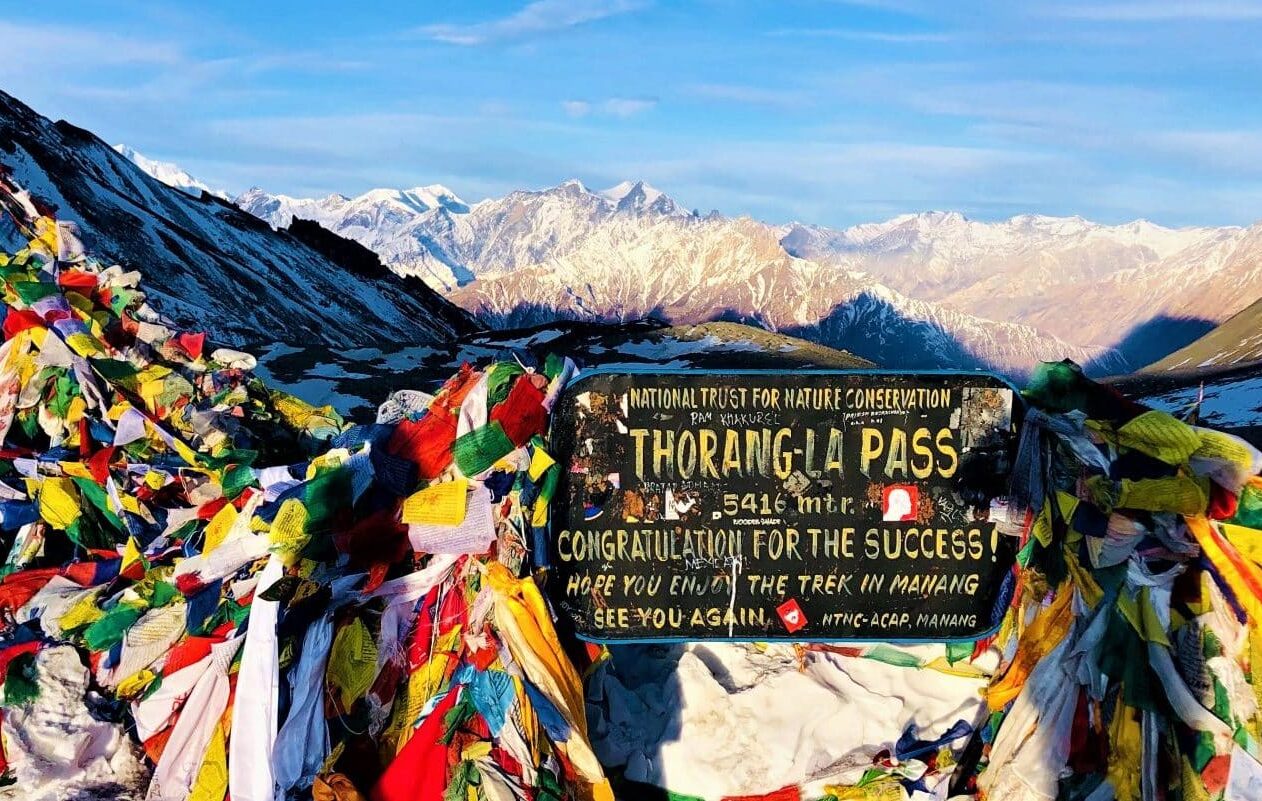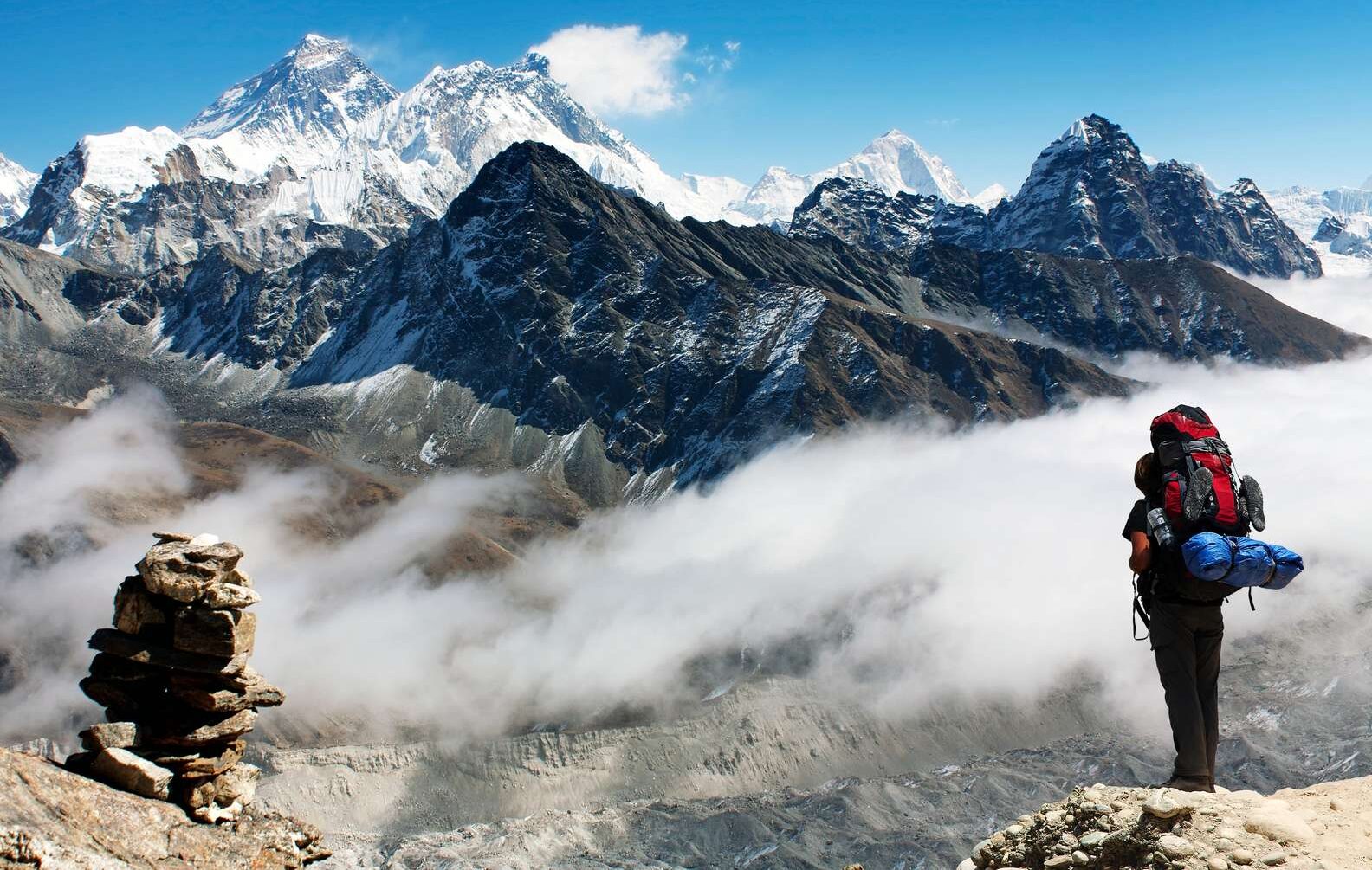Embarking on the Annapurna Circuit Trek promises an adventure of a lifetime through some of Nepal’s most breathtaking landscapes. Preparing adequately for this journey is crucial to ensure a safe, enjoyable, and transformative experience. This extensive guide provides all the information you need to get ready for this epic trek.
How long does it take to complete the Annapurna Circuit Trek?
- Duration: 12-21 Days
- Distance: Approximately 160-230 kilometers
- Difficulty: Moderate to Challenging
- Highest Point: Thorong La Pass (5,416 meters)
- Best Seasons: Pre-monsoon (March to May) and post-monsoon (October to November)
The Annapurna Circuit is celebrated for its stunning diversity of landscapes, ranging from lush subtropical forests and paddy fields to high-altitude plateaus and stark mountain deserts. One of the most common questions trekkers have is, “How long does it take to hike the Annapurna Circuit?” The trek can typically be completed in 12 to 21 days, depending on your pace, trekking experience, and weather conditions. The time variation also accounts for necessary acclimatization days to safely adjust to the high altitudes, especially before crossing the Thorong La Pass.
Step-by-Step Guide to Prepare for Annapurna Circuit Trek
Physical Preparation
Cardiovascular Fitness: Start with regular cardiovascular exercises such as running, cycling, or swimming. Gradually increase intensity and duration to build your stamina.
Strength Training: Incorporate strength training focusing on legs, core, and back which are crucial for trekking. Exercises like squats, lunges, and planks are beneficial.
Endurance Training: Engage in long walks, preferably on hilly terrain. Practice hiking with a backpack to simulate trek conditions.
Altitude Acclimatization: If possible, train at high altitudes or use an altitude training mask to adapt to reduced oxygen levels.
Mental Preparation
Research Thoroughly: Understand the terrain, typical weather conditions, and common difficulties trekkers face on the Annapurna Circuit.
Set Realistic Goals: Mentally prepare for tough days, possible altitude sickness, and basic living conditions during the trek.
Stay Positive and Flexible: Be prepared to face unexpected challenges with a positive mindset and adaptable plans.
Gear and Packing Essentials
Trekking Gear:
- High-quality, broken-in hiking boots
- Trekking poles
- A durable backpack (40-60 liters)
- Sleeping bag suitable for sub-zero temperatures
Clothing:
- Layered clothing for varying temperatures
- Waterproof and windproof jackets
- Thermal wear for colder altitudes
- Hat, gloves, and scarves
Navigation Tools:
- Maps and compass or a GPS device
- Itinerary and trekking guidebooks
Health and Safety Gear:
- First aid kit including altitude sickness medication
- Water purification tablets or filters
- Sunscreen and lip balm with high SPF
- Insect repellent
Miscellaneous:
- Power bank and extra batteries
- Headlamp or flashlight
- Snacks and energy bars
Nutritional Planning
Before the Trek: Increase intake of carbohydrates for energy reserves. Stay hydrated.
During the Trek: Consume high-energy foods rich in carbohydrates and proteins. Regularly drink water to avoid dehydration.
Supplements: Consider energy gels or rehydration salts to maintain electrolyte balance.
Legal and Logistical Preparations for Annapurna Circuit Trek
Travel Documents: Ensure your passport is valid for at least six months. Secure the Annapurna Conservation Area Permit (ACAP) and the Trekkers’ Information Management System (TIMS) card.
Local Regulations: Familiarize yourself with local laws and environmental regulations. Follow the ‘Leave No Trace’ principles to minimize your ecological footprint.
Cultural Etiquette and Interaction
Local Customs: Learn about local customs, religious practices, and cultural norms to respect the communities you’ll visit.
Language: Learning basic Nepali phrases can enhance interaction with locals and enrich your trekking experience.
Economic Impact: Support local economies by hiring local guides, staying in local teahouses, and purchasing local products.
Emergency Preparedness
Insurance: Obtain a comprehensive travel insurance policy covering high-altitude trekking, medical evacuation, and possible trip cancellations.
Emergency Contacts: Keep a list of emergency contacts, including local authorities, embassies, and family members.
Health Check-ups: Get a full medical check-up to assess your fitness level. Discuss vaccinations and preventive medicines with your doctor.
Conclusion
Preparing for the Annapurna Circuit Trek involves meticulous planning in physical, mental, logistical, and cultural aspects. By following this detailed guide, you’ll enhance your readiness and ensure that your trek is not just successful but also a profoundly enriching experience.



